
Invitation to the exhibition Soviet Modern: 1955–1991
Unknown Stories in Az W – MQ Vienna
Exhibition: November 8, 2012 - February 25, 2013
Congress: November 24 - 25, 2012
The Vienna Center for Architecture presents a unique exhibition "Soviet Modernism: 1955 - 1991. Unknown Stories." For the very first time, it focuses on the architecture of the non-Russian Soviet republics that emerged during the late 50s up until 1991. The exhibition and research project center around Armenia, Azerbaijan, Estonia, Georgia, Kazakhstan, Kyrgyzstan, Lithuania, Latvia, Moldova, Tajikistan, Turkmenistan, Ukraine, Uzbekistan, and Belarus.
While the fields of constructivism and Stalinist architecture have been explored, Soviet modernism of the second half of the 20th century has remained virtually unknown until now. The research team from the Vienna Az W, together with local experts and architects, has embarked on a journey to trace this period and this architecture. A large project has interconnected a number of experts from both the East and the West, and rare interviews with contemporaries have been conducted. Time is pressing, and many buildings are threatened. This is exacerbated by the imperfect construction technology of the time they were created. The structures deteriorate very quickly. There is also often a lack of interest and financial resources needed for their maintenance.
Exhibition
The exhibition showcases the great diversity of local forms, scales, and strategies within the former Soviet Union. It challenges the stereotypes that assign a homogeneous style to the architecture of communist countries, stemming from alleged uniform conditions of production and regulatory standards within a closed political system.
The division of the exhibition into four regions: the Baltic States, Eastern Europe, the Caucasus, and Central Asia corresponds to both geographical realities as well as the arrangement according to architectural parallels and differences. These arise, alongside climatic and cultural specifics, from the national stories of these regions and their relationship with Russia and the Soviet Union. While the Baltic States are heavily oriented towards the architecture of neighboring Scandinavia, Eastern European regions such as Belarus, Ukraine, and Moldova have no problem connecting architecturally to the union. However, the situation looks entirely different in the south. In the Caucasian Soviet republics, in Azerbaijan, Armenia, and Georgia, strong national identities based on rich traditions exist. Central Asia, which saw the Soviet border artificially extended in the 1920s, also has a significant theme in architecture of the entire Soviet period in searching for the "national".
On November 24 - 25, Vienna will host the 19th Vienna Congress of Architecture on the topic "Soviet Modernism 1955-1991. Unknown Stories." Within the exhibition, there will also be special guided tours.
Book
In connection with the exhibition, a German and English publication (Park Books Publishing) on this topic will be released. It will offer a heterogeneous collection of analyses, narrative studies, and retrospectives. In some contributions, personal experience is evident, while in others the topic is viewed from a distance. Essays by local experts are complemented by insights into Soviet urban discourse and serial mass housing construction, along with the related centralized organization of architecture and construction. The second part of the publication provides a broad overview of selected projects from the respective Soviet republics. The selection outlines the architectural development in that republic from the late 1950s to the late 1980s. Attention is focused on regional specifics. Both so-called "masterpieces," icons of their time, and a wide range of specific Soviet building typologies are considered - from winter circuses to pioneer centers to political education houses.
Congress: November 24 - 25, 2012
The Vienna Center for Architecture presents a unique exhibition "Soviet Modernism: 1955 - 1991. Unknown Stories." For the very first time, it focuses on the architecture of the non-Russian Soviet republics that emerged during the late 50s up until 1991. The exhibition and research project center around Armenia, Azerbaijan, Estonia, Georgia, Kazakhstan, Kyrgyzstan, Lithuania, Latvia, Moldova, Tajikistan, Turkmenistan, Ukraine, Uzbekistan, and Belarus.
While the fields of constructivism and Stalinist architecture have been explored, Soviet modernism of the second half of the 20th century has remained virtually unknown until now. The research team from the Vienna Az W, together with local experts and architects, has embarked on a journey to trace this period and this architecture. A large project has interconnected a number of experts from both the East and the West, and rare interviews with contemporaries have been conducted. Time is pressing, and many buildings are threatened. This is exacerbated by the imperfect construction technology of the time they were created. The structures deteriorate very quickly. There is also often a lack of interest and financial resources needed for their maintenance.
Exhibition
The exhibition showcases the great diversity of local forms, scales, and strategies within the former Soviet Union. It challenges the stereotypes that assign a homogeneous style to the architecture of communist countries, stemming from alleged uniform conditions of production and regulatory standards within a closed political system.
The division of the exhibition into four regions: the Baltic States, Eastern Europe, the Caucasus, and Central Asia corresponds to both geographical realities as well as the arrangement according to architectural parallels and differences. These arise, alongside climatic and cultural specifics, from the national stories of these regions and their relationship with Russia and the Soviet Union. While the Baltic States are heavily oriented towards the architecture of neighboring Scandinavia, Eastern European regions such as Belarus, Ukraine, and Moldova have no problem connecting architecturally to the union. However, the situation looks entirely different in the south. In the Caucasian Soviet republics, in Azerbaijan, Armenia, and Georgia, strong national identities based on rich traditions exist. Central Asia, which saw the Soviet border artificially extended in the 1920s, also has a significant theme in architecture of the entire Soviet period in searching for the "national".
On November 24 - 25, Vienna will host the 19th Vienna Congress of Architecture on the topic "Soviet Modernism 1955-1991. Unknown Stories." Within the exhibition, there will also be special guided tours.
Book
In connection with the exhibition, a German and English publication (Park Books Publishing) on this topic will be released. It will offer a heterogeneous collection of analyses, narrative studies, and retrospectives. In some contributions, personal experience is evident, while in others the topic is viewed from a distance. Essays by local experts are complemented by insights into Soviet urban discourse and serial mass housing construction, along with the related centralized organization of architecture and construction. The second part of the publication provides a broad overview of selected projects from the respective Soviet republics. The selection outlines the architectural development in that republic from the late 1950s to the late 1980s. Attention is focused on regional specifics. Both so-called "masterpieces," icons of their time, and a wide range of specific Soviet building typologies are considered - from winter circuses to pioneer centers to political education houses.
The English translation is powered by AI tool. Switch to Czech to view the original text source.
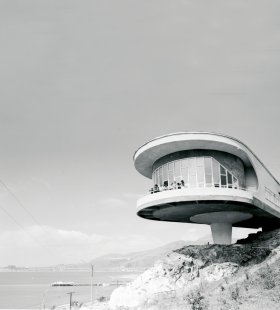
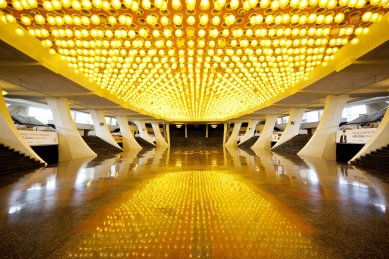
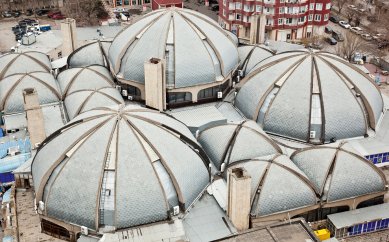
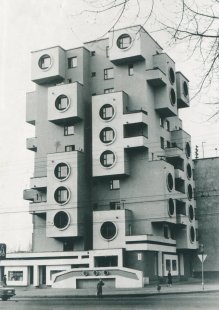
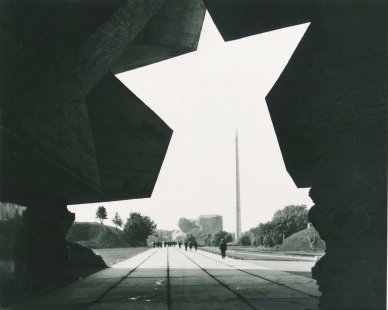
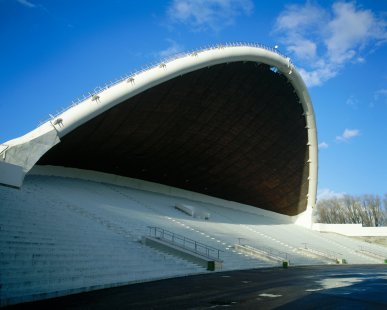
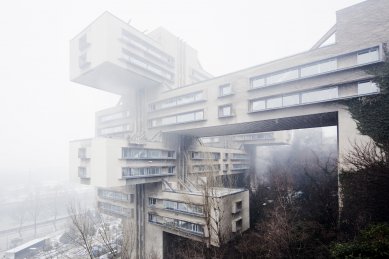
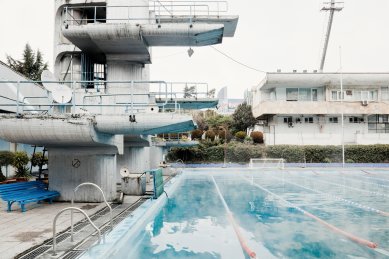
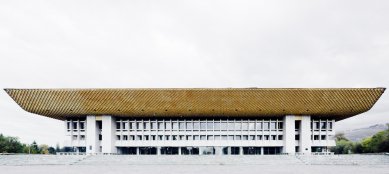
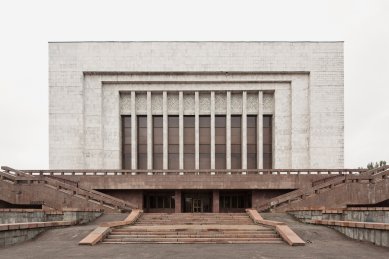
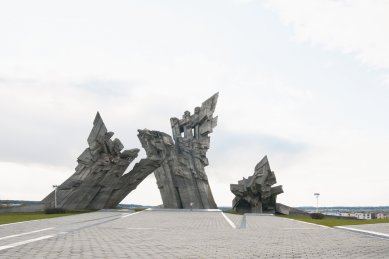

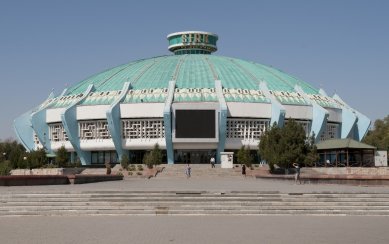
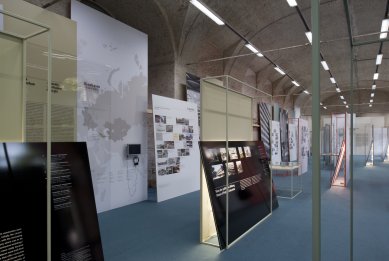

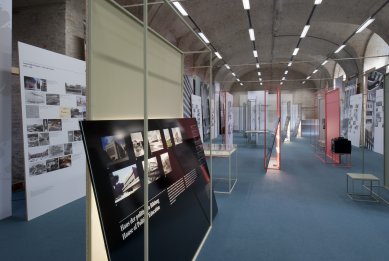


0 comments
add comment










